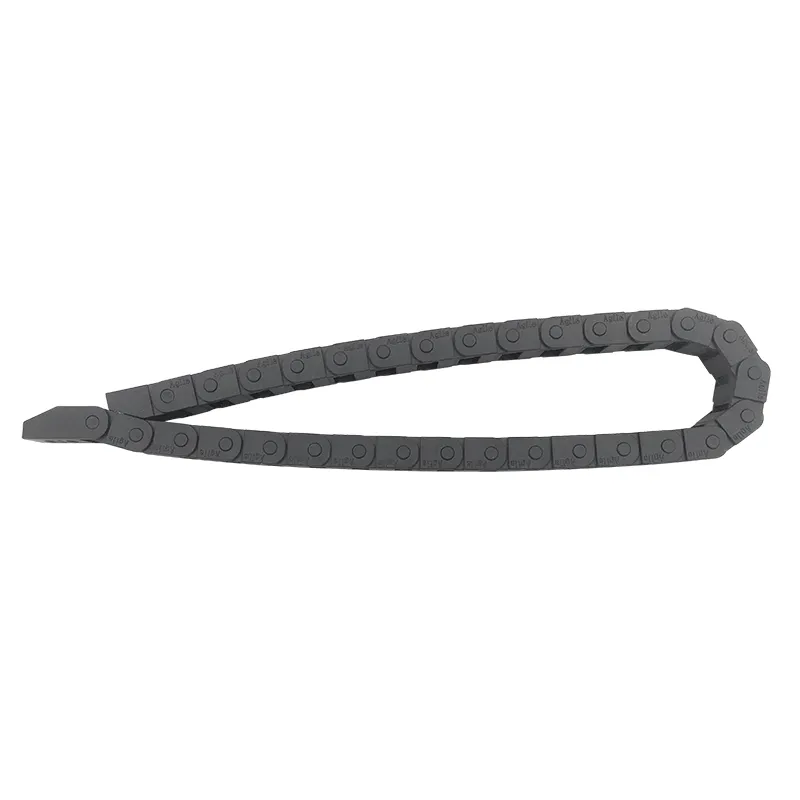Split Tubing
Split Tubing A Versatile Solution for Protection and Organization
In today's fast-paced, technology-driven world, the need for reliable and efficient solutions in various industries is paramount. One such solution that has gained significant attention is split tubing, a practical product designed to provide protection and organization for wires and cables. This article explores the benefits, applications, and key features of split tubing, highlighting why it has become an essential component in numerous sectors.
What is Split Tubing?
Split tubing, also known as split conduit or split wire loom, is a flexible protective sheath that allows for easy installation and management of multiple wires or cables. It is typically made from durable materials such as polyethylene, nylon, or other polymers that provide excellent resistance against abrasion, chemicals, and environmental factors. The tubing is split along one side, allowing users to insert and remove wires without detaching the entire assembly, making it a convenient choice for both professionals and DIY enthusiasts.
Benefits of Split Tubing
One of the most significant advantages of split tubing is its ability to protect cables from wear and tear. In environments where wires are exposed to friction, moisture, or harsh chemicals, split tubing serves as a barrier, prolonging the lifespan of the wires within. Additionally, its flexible nature allows for easy routing and management of multiple cables, reducing clutter and improving overall organization.
Another critical benefit is safety. By encasing wires within split tubing, the risk of electrical hazards decreases significantly. It provides insulation and minimizes the chances of accidental contact with sharp edges or moving parts. This is especially important in industrial settings where high voltages may be present.
Applications of Split Tubing
split tubing

Split tubing is widely used in various sectors, including automotive, electronics, telecommunications, and manufacturing. In the automotive industry, it is employed to protect wiring harnesses from heat and friction, ensuring reliable performance over time. Similarly, in electronics, split tubing is utilized to organize wires within devices, enhancing both aesthetics and functionality.
In telecommunications, the need for organized and protected cabling is critical to maintaining signal integrity and ensuring efficient operations. Split tubing allows for efficient routing of cables while safeguarding them against environmental damage. Furthermore, in manufacturing settings, it plays a vital role in maintaining the integrity of machinery by shielding their wiring from potential hazards.
Key Features to Consider
When selecting split tubing for specific applications, several key features should be considered. The material composition is crucial, as certain environments may require enhanced resistance to chemicals, heat, or UV rays. The diameter of the tubing is another important factor, as it should accommodate the wires comfortably without being too loose or too tight.
Moreover, the ease of application and removal is essential for efficient maintenance. A high-quality split tubing will allow for quick access to the cables inside, enabling rapid repairs or modifications without dismantling entire systems.
Conclusion
In conclusion, split tubing is an invaluable tool for protecting and organizing wires and cables across various industries. Its flexibility, durability, and safety benefits make it a go-to solution for professionals and hobbyists alike. As technology continues to advance, the demand for effective cable management solutions like split tubing will undoubtedly grow, solidifying its role in ensuring both functionality and safety in our increasingly connected world.








